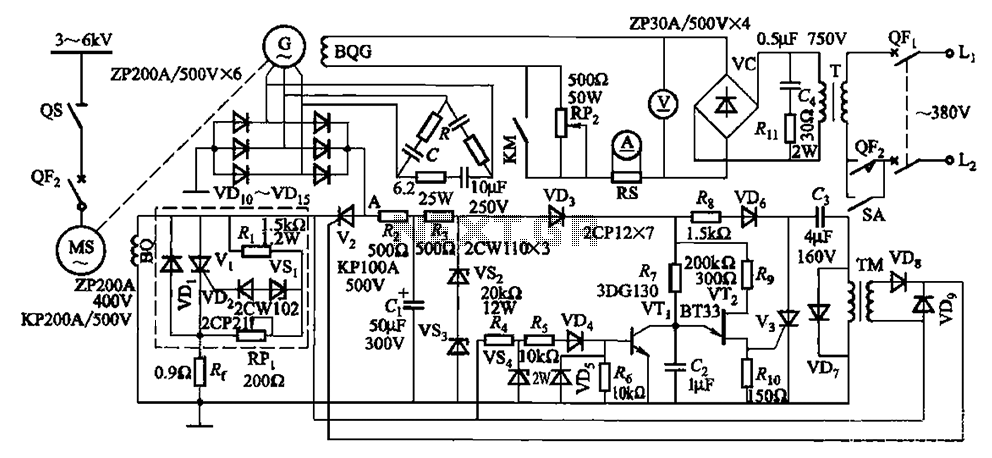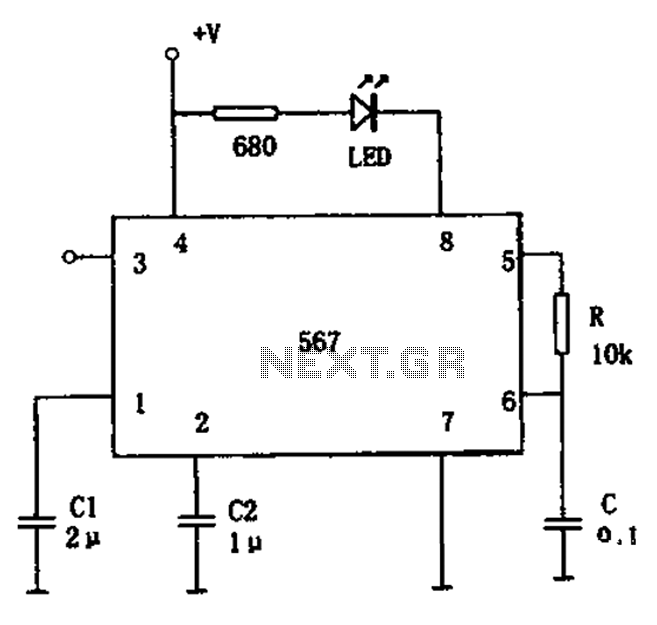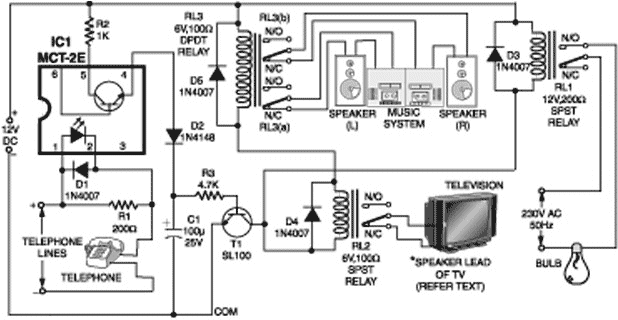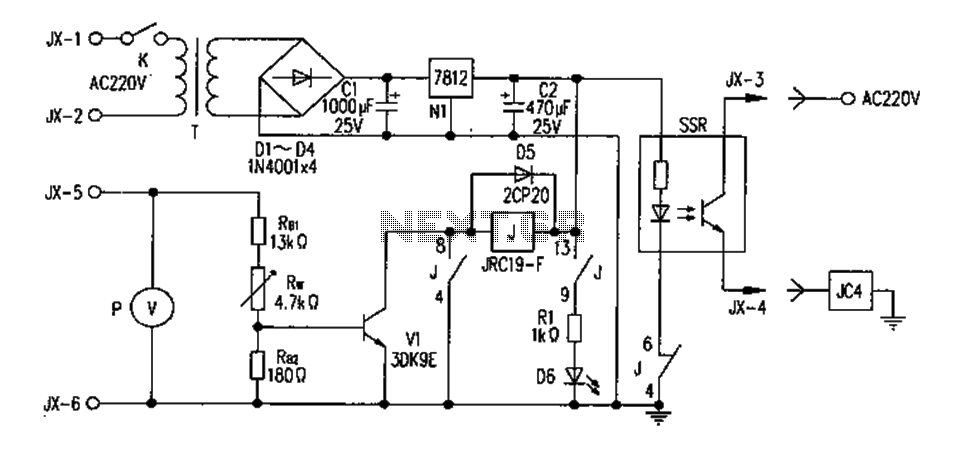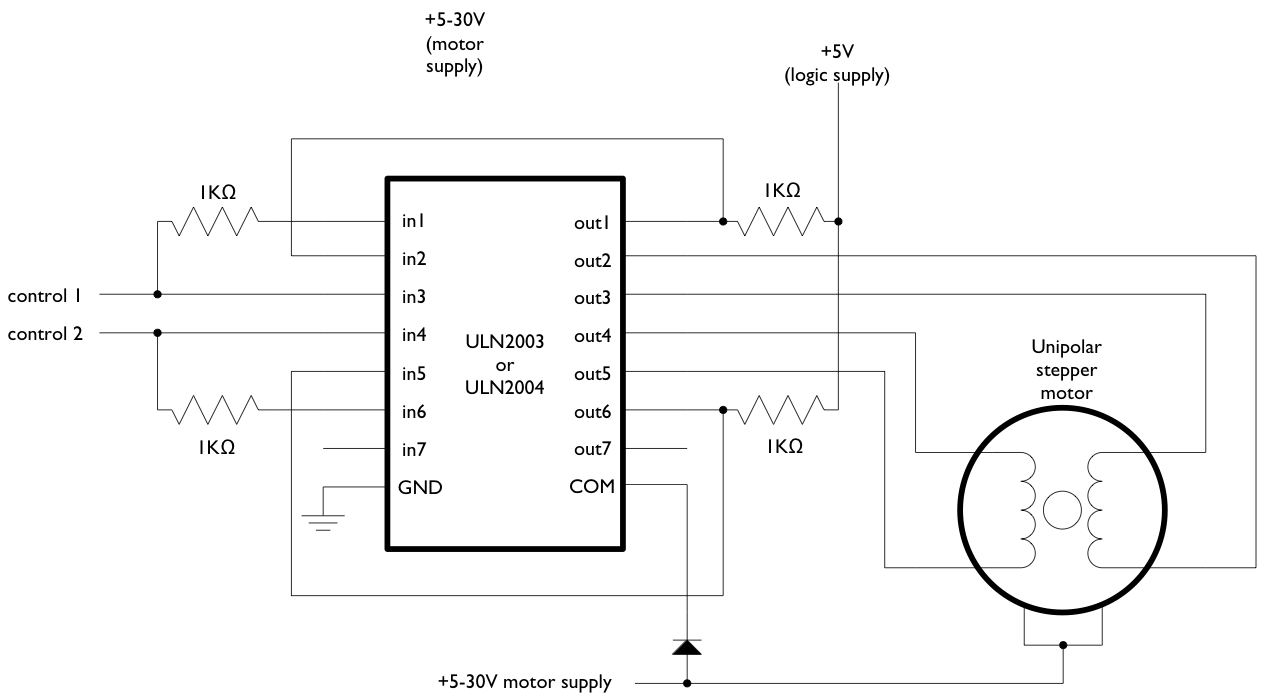
Relay Interface For Amateur Radio Transceivers Circuit
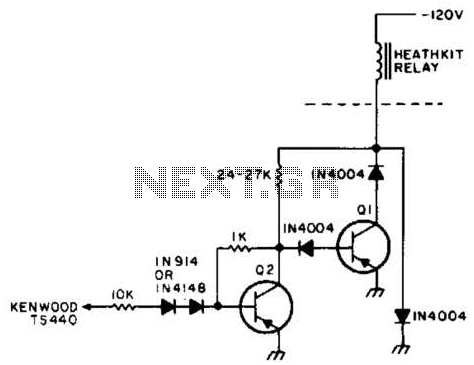
The relay power in the linear circuit is derived from a -120 V bias supply, while the transmit keying output from the Kenwood device is +12 V with a maximum current of 10 mA. A critical component of this circuit is the PNP driver transistor, which must be able to handle at least 150 V and approximately 250 mA.
The described circuit features a relay that operates from a negative bias voltage of -120 V, which is essential for the linear amplifier's functionality. The relay is activated by a transmit keying signal sourced from a Kenwood device, delivering a +12 V signal with a maximum current capability of 10 mA. This configuration allows for efficient control of the relay, enabling it to switch the high-voltage line as required for transmission.
The PNP driver transistor plays a pivotal role in this setup. It is selected for its ability to manage high voltage levels, specifically rated for a minimum of 150 V, which ensures it can safely switch the relay without risk of breakdown. Additionally, the transistor is designed to handle a current of around 250 mA, providing sufficient drive capability to energize the relay coil effectively.
In practical applications, the circuit would typically include biasing resistors to set the operating point of the PNP transistor, ensuring it remains in the active region during operation. Protection components, such as diodes, may also be included to prevent back EMF generated by the relay coil from damaging the transistor when the relay is de-energized.
Overall, this circuit exemplifies a robust design for controlling high-voltage relay operations using a low-voltage control signal, ensuring reliable performance in linear amplifier applications. The relay power in the linear is obtained from the -120-V bias supply, and the transmit keying output from the Kenwood is +12 V at 10 mA maximum. The key ingredient in the circuit is the pnp driver transistor, which must be capable of handling at least 150 V at about 250 mA.
The described circuit features a relay that operates from a negative bias voltage of -120 V, which is essential for the linear amplifier's functionality. The relay is activated by a transmit keying signal sourced from a Kenwood device, delivering a +12 V signal with a maximum current capability of 10 mA. This configuration allows for efficient control of the relay, enabling it to switch the high-voltage line as required for transmission.
The PNP driver transistor plays a pivotal role in this setup. It is selected for its ability to manage high voltage levels, specifically rated for a minimum of 150 V, which ensures it can safely switch the relay without risk of breakdown. Additionally, the transistor is designed to handle a current of around 250 mA, providing sufficient drive capability to energize the relay coil effectively.
In practical applications, the circuit would typically include biasing resistors to set the operating point of the PNP transistor, ensuring it remains in the active region during operation. Protection components, such as diodes, may also be included to prevent back EMF generated by the relay coil from damaging the transistor when the relay is de-energized.
Overall, this circuit exemplifies a robust design for controlling high-voltage relay operations using a low-voltage control signal, ensuring reliable performance in linear amplifier applications. The relay power in the linear is obtained from the -120-V bias supply, and the transmit keying output from the Kenwood is +12 V at 10 mA maximum. The key ingredient in the circuit is the pnp driver transistor, which must be capable of handling at least 150 V at about 250 mA.
